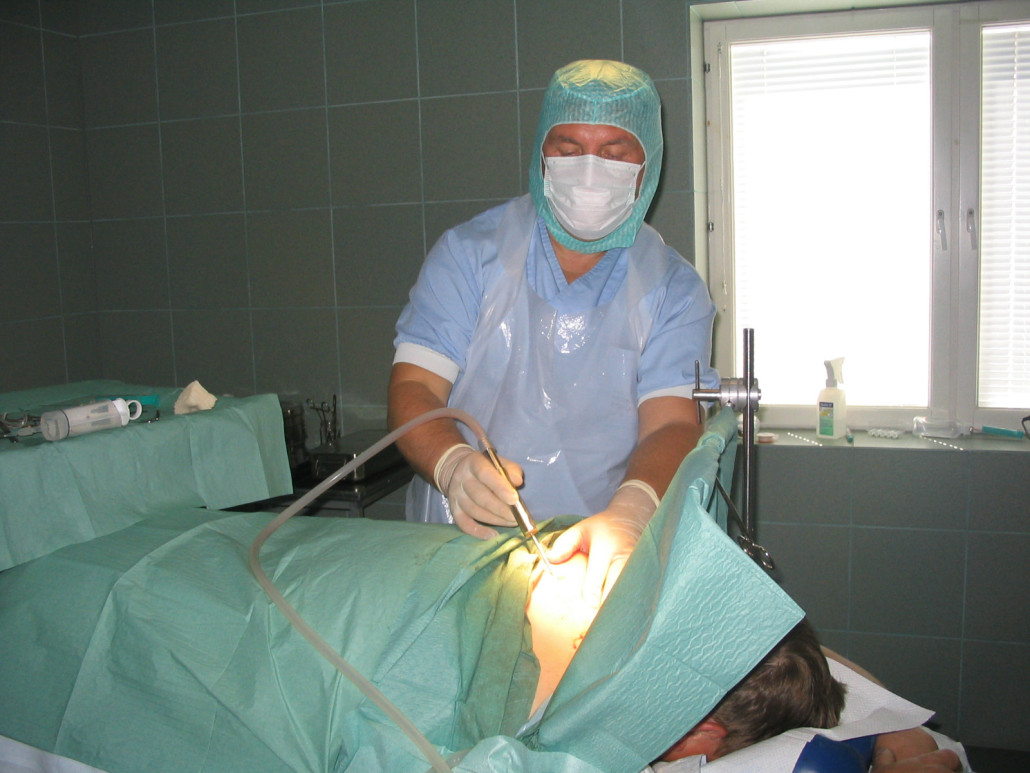Varicose veins are gnarled, enlarged veins. Any vein may become varicose, but the veins most commonly affected are those in your legs and feet. That’s because standing and walking upright increases the pressure in the veins of your lower body. For many people, varicose veins and spider veins — a common, mild variation of varicose veins — are simply a cosmetic concern. For other people, varicose veins can cause aching pain and discomfort. Sometimes varicose veins lead to more-serious problems. Varicose veins may also signal a higher risk of other circulatory problems.
Different possibilities for treatment
Surgery
Surgery is used mostly to treat very large varicose veins. Types of surgery for varicose veins include: Surgical ligation and stripping. With this treatment, problem veins are tied shut and completely removed from the leg through small cuts in the skin. Removing the veins does not affect the circulation of blood in the leg. Veins deeper in the leg take care of the larger volumes of blood. This surgery requires general anesthesia and must be done in an operating room. It takes between 1 and 4 weeks to recover from the surgery. This surgery is generally safe. Pain in the leg is the most common side effect. Other possible problems include: A risk of heart and breathing problems from anesthesia Bleeding and congestion of blood. But, the collected blood usually settles on its own and does not require any further treatment. Wound infection, inflammation, swelling, and redness Permanent scars Damage of nerve tissue around the treated vein. It’s hard to avoid harming small nerve branches when veins are removed. This damage can cause numbness, burning, or a change in feeling around the scar. A deep vein blood clot. These clots can travel to the lungs and heart. The medicine heparin may be used to reduce the chance of these dangerous blood clots. But, heparin also can increase the normal amount of bleeding and bruising after surgery.
Sclerotherapy
Sclerotherapy is the most common treatment for both spider veins and varicose veins. The doctor uses a needle to inject a liquid chemical into the vein. The chemical causes the vein walls to swell, stick together, and seal shut. This stops the flow of blood, and the vein turns into scar tissue. In a few weeks, the vein should fade. This treatment does not require anesthesia and can be done in your doctor’s office. You can return to normal activity right after treatment.
Possible side effects include: Stinging, red and raised patches of skin, or bruises where the injection was made. These usually go away shortly after treatment. Spots, brown lines, or groups of fine red blood vessels around the treated vein. These also usually go away shortly after treatment. Lumps of blood that get trapped in vein and cause inflammation. This is not dangerous. You can relieve swelling by applying heat and taking aspirin. Your doctor can drain the trapped blood with a small pinprick at a follow-up visit.


